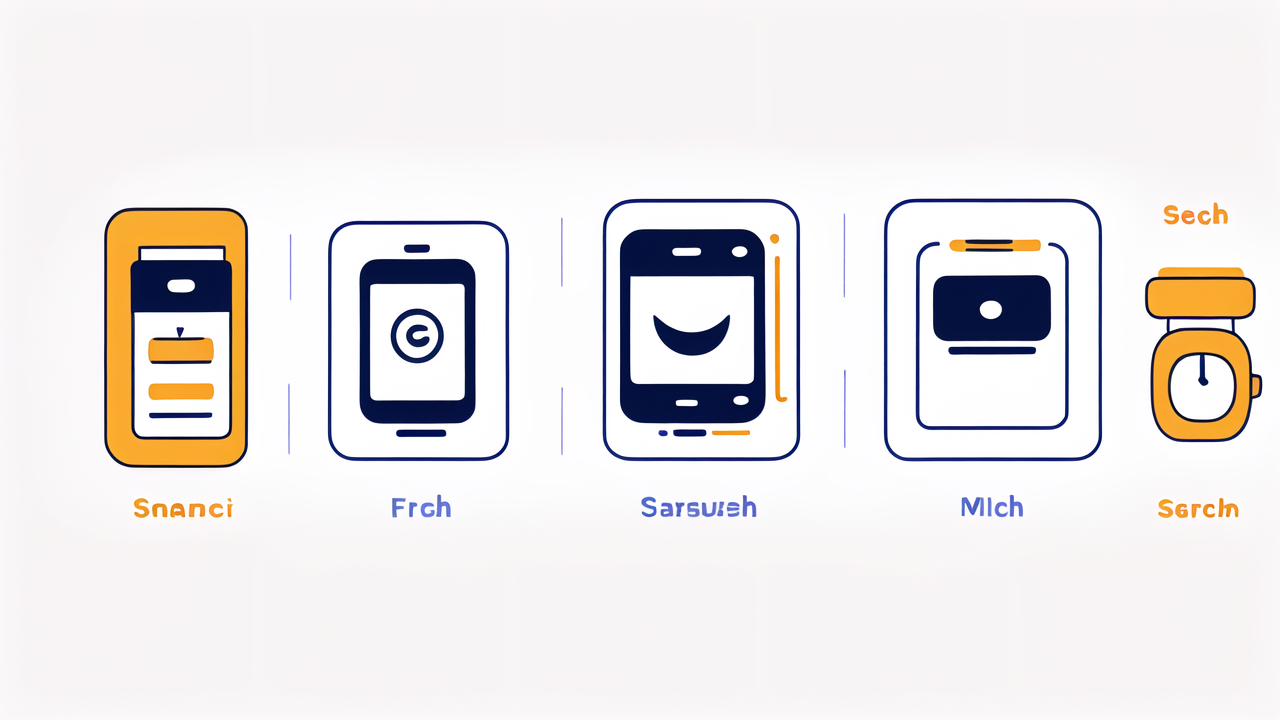Understanding the Wearable Tech Market Dynamics in the United States
The Evolution of Wearable Technology and Fashion
Wearable tech has come a long way since the first digital watches. Today, it's a booming industry. Fila watches were once the height of tech fashion. Now, we have smartwatches that do much more than tell time. These devices track our health, send messages, and even make calls.

The fusion of tech and fashion has led to stylish gadgets. Brands now focus on both function and form. This shift has made wearables more appealing to a wider audience. From fitness trackers to smart jewelry, there's something for everyone.
As technology improves, wearables are becoming smaller and more powerful. This trend is likely to continue, making devices even more seamless in our daily lives.
Consumer Behavior and Adoption Rates for Wearable Devices
The adoption of wearable tech in the US has been steady. More people are seeing the value in these devices. Health and fitness trackers are especially popular. Many use them to monitor activity levels and sleep patterns.
Smartwatches have also gained traction. They offer convenience by connecting to smartphones. This allows users to stay connected without constantly checking their phones.
However, adoption rates vary across age groups. Younger generations tend to embrace wearables more quickly. Older adults are catching up, especially with health-focused devices.
Privacy concerns do impact adoption. Some worry about data security. But as companies address these issues, trust in wearable tech is growing.
Regulatory Impact on the Wearable Tech Industry
Regulations play a big role in shaping the wearable tech industry. In the US, the FDA oversees medical devices. This includes some health-tracking wearables. Companies must ensure their products meet strict standards.
Data privacy is another key regulatory area. Laws like GDPR and CCPA affect how companies handle user data. This impacts everything from smartwatches to fitness trackers.
Regulations can slow innovation, but they also protect consumers. They ensure devices are safe and data is secure. As the industry grows, we can expect more specific regulations to emerge.
Key Players and Innovations in the Wearable Tech Space
Leading Brands in Wearable Technology
Several brands dominate the US wearable tech market. Apple leads with its Apple Watch series. Fitbit, now owned by Google, remains a strong player in fitness tracking. Garmin is popular among serious athletes.

Samsung offers a range of wearables that work well with their smartphones. Fossil has successfully blended traditional watch design with smart tech.
Each brand has its strengths. Apple focuses on seamless integration with its ecosystem. Fitbit excels in health tracking. Garmin targets outdoor enthusiasts and athletes.
Competition is fierce, driving innovation and better products for consumers.
Cutting-Edge Innovations: Smartwatches and Beyond
Smartwatches continue to evolve. New models offer more health features, like ECG and blood oxygen monitoring. Battery life is improving, making devices more practical for daily use.
Beyond watches, we're seeing innovation in other areas. Smart rings can track sleep and activity. There are even smart clothes that monitor your movements and posture.
Body measurement trackers are gaining popularity. These devices use advanced sensors to track body composition. They provide detailed data on muscle mass, body fat, and more.
Pulse smartwatches are another exciting development. They offer continuous heart rate monitoring. This can help detect potential health issues early.
Strategic Partnerships and Technological Alliances
Partnerships are key in the wearable tech industry. Tech companies often team up with fashion brands. This brings style to functional devices. For example, Apple has worked with Hermès on watch bands.
Health tech companies partner with fitness apps and platforms. This expands the usefulness of their devices. Fitbit's integration with health insurance programs is a good example.
Collaborations between tech giants are also common. Google's acquisition of Fitbit shows how companies combine strengths. These alliances drive innovation and create better products.
Future Projections for the Wearable Tech Industry
Emerging Trends in Wearable Technology and Fashion
The future of wearable tech looks exciting. We're moving towards more integrated, less visible devices. Smart fabrics and e-textiles are on the rise. These could lead to clothes that adapt to temperature or monitor health.

Augmented reality (AR) is set to play a bigger role. AR glasses could replace smartphones for many tasks. They could provide real-time information as we go about our day.
Wearables are also becoming more specialized. We're seeing devices for specific sports or medical conditions. This trend is likely to continue, offering more targeted solutions.
Fashion will remain important. As devices become more advanced, design will be key to adoption.
The Role of AI and Machine Learning
AI and machine learning are transforming wearable tech. These technologies make devices smarter and more personal. They can learn from user behavior and provide tailored advice.
In health tracking, AI can spot patterns and predict potential issues. This could help prevent health problems before they start. For fitness, AI can create personalized workout plans based on your data.
Machine learning also improves device accuracy. It can filter out noise from sensor data, giving more reliable results. As these technologies advance, wearables will become even more useful.
Sustainability in Wearable Tech Production
Sustainability is becoming a major focus in wearable tech. Consumers are demanding more eco-friendly products. Companies are responding with greener manufacturing processes.
Many are using recycled materials in their devices. Some are designing products to be easily repaired or recycled. This reduces electronic waste, a growing problem in the tech industry.
Energy efficiency is another key area. Longer battery life means less frequent charging and replacement. Solar-powered wearables are also emerging as a sustainable option.
As the industry grows, expect to see more emphasis on sustainable practices. This will likely become a key selling point for many brands.




Leave a comment
This site is protected by hCaptcha and the hCaptcha Privacy Policy and Terms of Service apply.